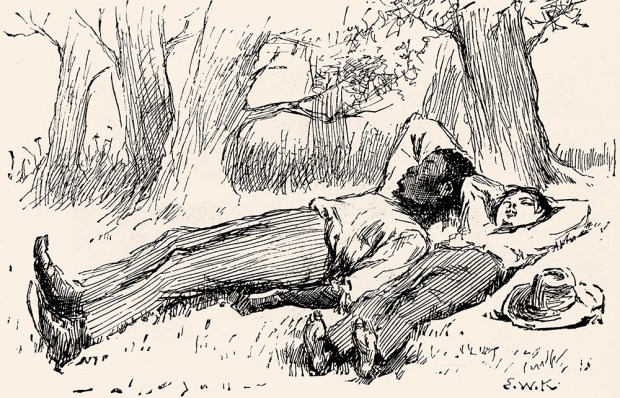Maki Kashimada won the 2012 Akutagawa Prize for Touring the Land of the Dead, the strange, unsettling novella that makes up half of this volume. It is translated here for the first time from the Japanese into English by Haydn Trowell, alongside Kashimada’s ‘Ninety-nine Kisses’, a short story based on Jun’ichiro Tanizaki’s classic novel about four unmarried women, The Makioka Sisters. In Japan, Kashimada has become known for her avant-garde, nonconformist style. These two offerings are exemplary pieces.
In Touring the Land of the Dead, a woman called Natsuko returns to a hotel she went to as a child with her mother and brother; now she is with her disabled husband, who suffers from seizures. They visit an onsen and the hotel’s salon; they eat in the restaurant; they go to the sea and take a footbath. In the present little happens; but the past returns to Natsuko in flashbacks.
These memories form the large part of the novella, making the present feel less real and stable. Natsuko seems not in control of her mind; the past (which she refers to as ‘that life’, in which various unpleasant and traumatic events, including sexual harassment, abuse from family and loss, occur) is described often as a body of water, and throughout there is the sense that she is drowning: ‘Her heart was continuously being tossed around by the waves.’ Natsuko’s mother’s words also come ‘flowing back to her’; she is forced to confront her mother’s unhappiness, her sexism and her prejudice against Natsuko’s husband. The ‘dead’ of the title are Natsuko’s memories which haunt her present.
In ‘Ninety-nine Kisses’, a girl called Nanako is in love with her sisters. Written in the first person, the story is an uncomfortable read. Nanako obsesses over her sisters’ erogenous zones, and imagines kissing them: ‘I felt a sudden urge to kiss her, to push my lips up against her own. To kiss her the way that lovers kissed.’ Kashimada bases her story not only on the characters and setting of the original, but also draws on Tanizaki’s interest in fetishes and his eroticisation of female characters.
Here, though, the story ends with Nanako recognising that her own features are the same as her sisters’ (‘I stared into the mirror. I looked a lot like her after all. From here on, I would almost certainly take on the features of my other sisters too’). The love she has had for her sisters and their bodies ends as being an expression of self-love.
Kashimada’s writing is exceptional; this collection is dark and suffocating. It is part of a trend in Japan of female authors rewriting traditional and well-loved stories through a feminist lens, and is a welcome addition to the works by Japanese women being translated into English.
Got something to add? Join the discussion and comment below.
Get 10 issues for just $10
Subscribe to The Spectator Australia today for the next 10 magazine issues, plus full online access, for just $10.
You might disagree with half of it, but you’ll enjoy reading all of it. Try your first month for free, then just $2 a week for the remainder of your first year.














Comments
Don't miss out
Join the conversation with other Spectator Australia readers. Subscribe to leave a comment.
SUBSCRIBEAlready a subscriber? Log in